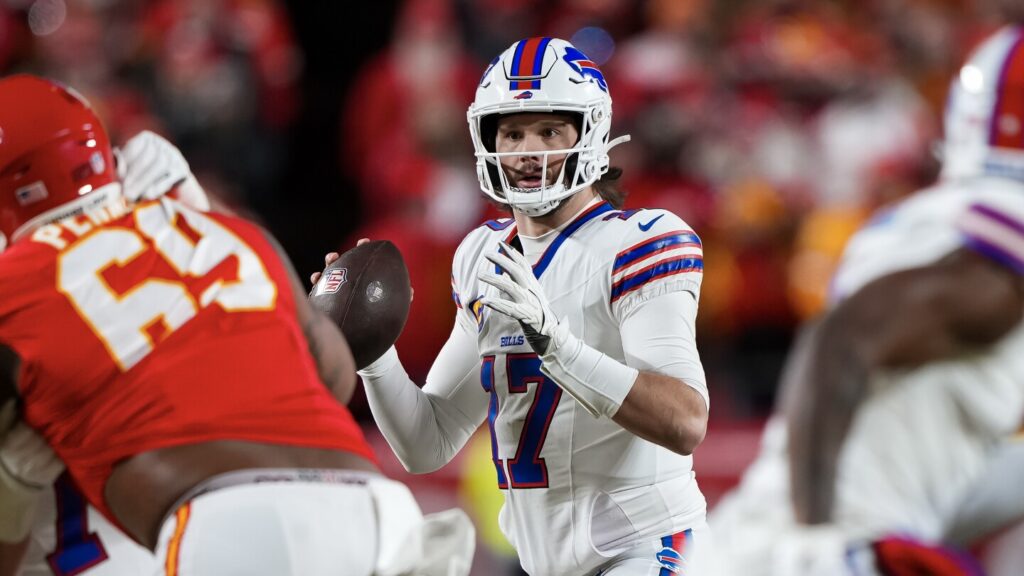The article critiques the common practice in the NFL of labeling new player contracts as “extensions” when, in reality, they are new contracts that replace existing ones. It argues that this terminology misrepresents the financial implications of these contracts, particularly the concept of “new money.”
When a player receives a new contract that exceeds the duration of their current contract, it is often inaccurately claimed to be an extension. For instance, if a player originally has a two-year contract worth $5 million annually, and then signs a new four-year deal for $10 million per year, “new money” is often misstated. The article points out that the real benefit from the new deal should be calculated against the intended earnings from the previous contract, demonstrating that discrepancies arise in reporting.
The analysis includes comparisons of contracts for players like Dak Prescott and Josh Allen, highlighting how Prescott’s reported “new money” greatly inflates his contract value compared to Allen’s. The author cites discrepancies that arise from how contracts are reported, creating misleading perceptions of players’ earnings. Ultimately, the piece calls for a reassessment of how “new money” is calculated in NFL contracts, arguing that the current approach distorts the reality of player salaries and contract values.
Source link


